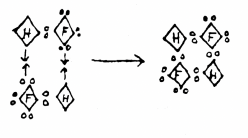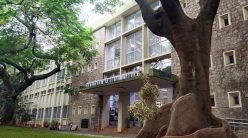Former IISc metallurgist V Ramachandran helped establish that a mid-air explosion brought down the plane
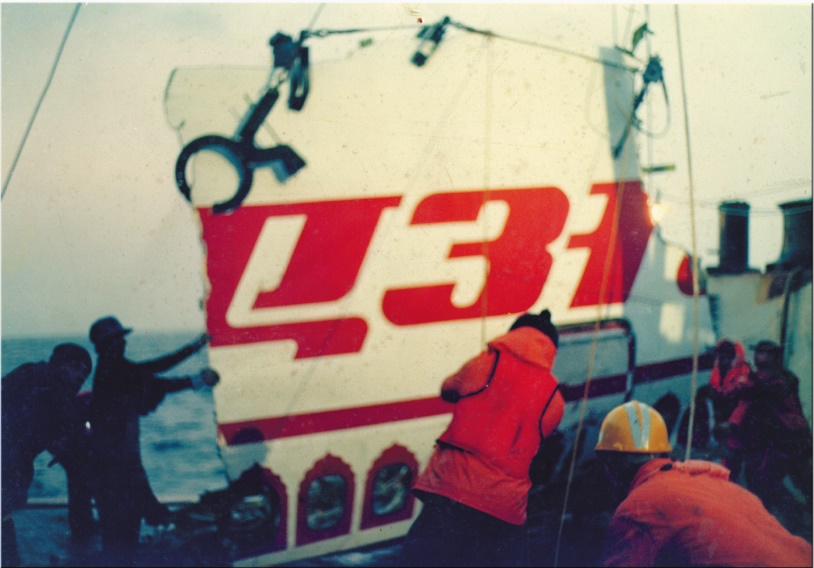
V Ramachandran recognised the fragment from a stantion, one of the structural elements used to support the fuselage of the aeroplane. But it didn’t look normal: the aluminium tube had fractured and curled inwards by almost a full circle. He knew then that the piece might yield clinching evidence of the fate that had befallen Emperor Kanishka, Air India’s Boeing 747, on 23 June 1985. He stored the piece carefully when he returned to his quarters on the ship Kreuzturm amidst the Atlantic Ocean off the coast of Ireland.
Kanishka had taken off from Montreal, Canada and was to stop over in London en route to New Delhi. As the plane entered Irish airspace, it was being tracked on radar from the Air Traffic Control at Shannon, on the west coast of Ireland. Two other planes, flying at well-separated altitudes one above the other, overlapped with Kanishka on the radar screen. Expecting to see the three planes separated again after a few seconds, the radar operators instead saw only two. Air India Flight 182, with 329 people on board, had vanished from the sky.
Soon, their worst fears were confirmed as passing ships spotted floating wreckage about a hundred miles from the coast. Of the 329 victims, bodies of only 131 were found. Some of them had had their clothes ripped off. From the postmortem examination which revealed flail injuries, it became evident that they had fallen from a great height. The plane must have disintegrated in mid-air and suffered a rapid decompression, for some had their eardrums ruptured. Some of the victims showed symptoms of hypoxia, exposed as they were to the thin atmosphere lacking oxygen. Three appeared to have survived the free fall from 31,000 feet, only to drown in the deep waters of the Atlantic.
Three appeared to have survived the free fall from 31,000 feet, only to drown in the deep waters of the Atlantic
To investigate the crash, the Government of India appointed a Court of Inquiry led by BN Kirpal, a judge of the Delhi High Court. Ramachandran, a metallurgist at the National Aerospace Laboratories (NAL), Bangalore, was named one of the assessors of the Court of Inquiry. Ramachandran had done his D.IISc in metallurgy in 1955, before serving as faculty in the Department of Metallurgy – now the Department of Materials Engineering – from 1956 to 1966. He went to the University of Florida for his PhD and joined NAL in its Materials Science Division in 1972, where he worked till 1992 and was an emeritus scientist till 1997. He was a prominent member of the Failure Analysis and Accident Investigation Group at NAL. In 1979, for instance, he had conducted an inquiry into the crash-landing of a Boeing 737 in Madras that had suffered an explosion in a lavatory some 20 minutes before landing. Ramachandran knew they faced a much greater challenge with Kanishka because the wreckage was on the ocean floor and not all in one place, and therefore could not all be examined.
Ramachandran and others first examined the flotsam that had drifted across the ocean – seat cushions, pieces of the overhead luggage bins, hand baggages, life vests, floor panels – but found nothing to establish why the plane fell from the sky. The rest of the wreckage was spread over an area of 15 square miles on the ocean floor, 6,700 feet deep. In it somewhere were the two black boxes (the Cockpit Voice Recorder and Digital Flight Data Recorder) from the plane. To recover them, Scarab, a submersible vehicle used to lay cables on the ocean floor, was pressed into service, operated from a French ship. Scarab was equipped with sonar, and video and still cameras; it also had arms with which to handle pieces of wreckage it came across. With it, investigators retrieved the black boxes and found that their recordings were normal but stopped abruptly, as though due to a power failure. This was not enough to conclusively establish the reason for the crash – they would have to go back for the rest of the wreckage to understand what happened.
“That was not going to be an easy task,” Ramachandran, now 85, told me. We were sitting at his home in Bangalore more than three decades later, with photographs from the time spread out on a table.
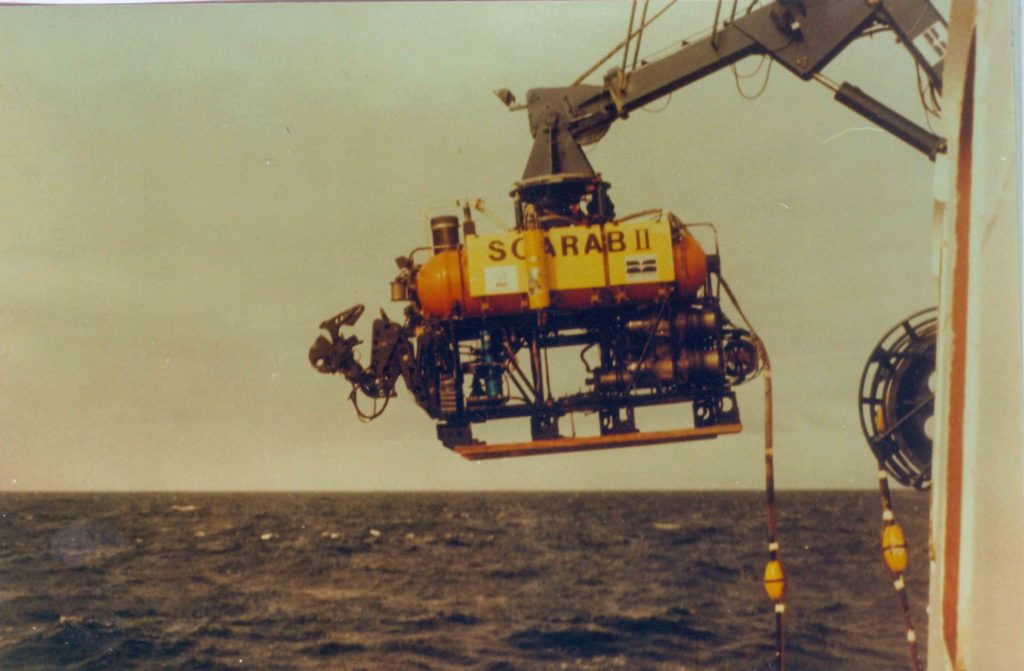
Using Scarab, the crew of John Cabot, a Canadian Coast Guard ship, photographed and video-recorded the pieces of wreckage they found on the ocean floor. “Thousands of underwater photographs and dozens of video tapes were recorded, and four hundred different pieces of wreckage were located,” recalls Ramachandran. These pieces were identified and their geographical coordinates noted to prepare a wreckage distribution map. Then, a priority list of items to be salvaged was made. A crew led by Ramachandran went back to retrieve about 30 chosen pieces in October of that year, for what turned out to be a one-month, round-the-clock operation.
“But in case of operational constraints,” says Ramachandran, “I was given the authority to make on-the-spot decisions during the salvage operations.”
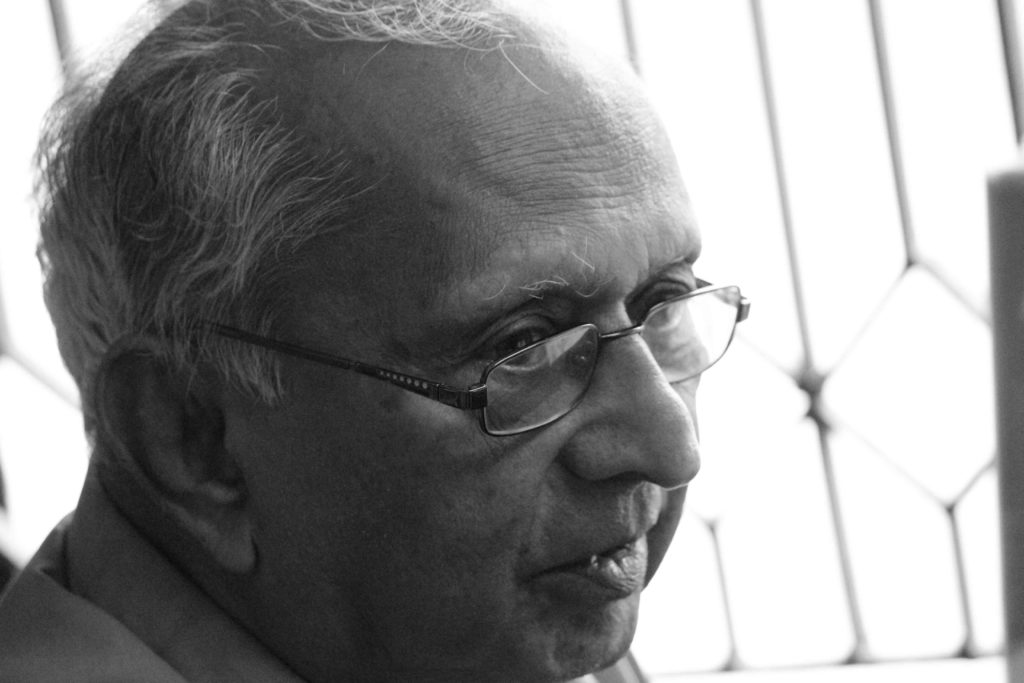
As we chat, he shows me a letter from Kirpal addressed to Roddam Narasimha, also an IISc alumnus and former faculty in the Department of Aerospace Engineering, who was the Director of NAL at the time. “The only interest Dr V Ramachandran appeared to have,” wrote Kirpal in the letter, “was to do his work to perfection.”
“The only interest Dr V Ramachandran appeared to have,” wrote Kirpal, “was to do his work to perfection”
I had got a glimpse of this from Ramachandran’s former students when they received him with much warmth and reverence at the golden jubilee reunion of the 1965, ‘67 and ‘68 batches from the Department of Materials Engineering, held in January 2017. They spoke of how deeply they were influenced by his teaching, his depth of knowledge in metallurgy, and his love for the subject.
“No praise can be too high,” Kirpal went on to write in his letter, “for the manner in which this metallurgist from landlocked Bangalore volunteered and boarded the salvage ships which were carrying out operations in the cold and choppy waters of Atlantic Ocean. He sacrificed all comforts and went to sea with a view to be present on board the ships at the time when salvaged pieces of wreckage were brought on board.”
John Cabot, however, did not have heavy-duty cranes and could not accommodate all the pieces of the Boeing 747, given the number and size and weight of them. So Kreuzturm, a bigger ship with larger deck space, was engaged. But this meant that Ramachandran and three others had to shuttle each day in a small boat between Kreuzturm, where their quarters were, and John Cabot, where Scarab was operated from. Travelling on the boat was not without peril in the choppy waters of the Atlantic. “It was scary, as the waves tossed the boat 10 to 15 feet on some days,” Ramachandran told me. “If I fell overboard, I would not have drowned because of the life jacket, but the sharks of the Atlantic would have had a south Indian meal.” His own appetite had disappeared but that, he remembers, did not make him feel fatigued.

Ramachandran oversaw the salvage operation and was on board John Cabot as it carried Scarab to the spot from where a piece of wreckage was to be recovered. The crew operating Scarab would send it down to the ocean floor, a process that took three hours. Scarab would then attach one or more grips and a 10,000-ft long Kevlar cable to the piece and attach a brightly coloured floating buoy at the other end of the cable to mark the spot. Then, Kreuzturm would arrive to lift the piece with its 5-tonne crane. “To retrieve one piece of wreckage,” Ramachandran says, “the two ships had to work in unison for a total of about 25 hours.” It was expensive too: about $30,000 per ship per day.
“With one of the large pieces so retrieved,” says Ramachandran, “there came a dead body, tangled in wires.” It was immediately placed in a body bag, the authorities were informed and the body was taken away for further formalities. “With that large piece of wreckage, quite a few fragments of metal also came,” he says. These fragments proved to be very significant for the investigation.

After a piece was recovered, it had to be inspected and documented immediately. Ramachandran had a microscope on board for initial examination of some of the fragments. Because the wreckage had been on the ocean floor for about four months by then, some of it had acquired salt crystals which had to be washed off with a jet of fresh water. Then it was dried and treated with corrosion-inhibiting compounds. The wreckage was later transported to the Bhabha Atomic Research Centre and the Naval Chemical and Metallurgical Laboratory, both in Mumbai, where it was examined closely using Scanning Electron Microscopy and X-ray imaging with the help of their scientists MK Asundi, GE Prasad and R Krishnan.
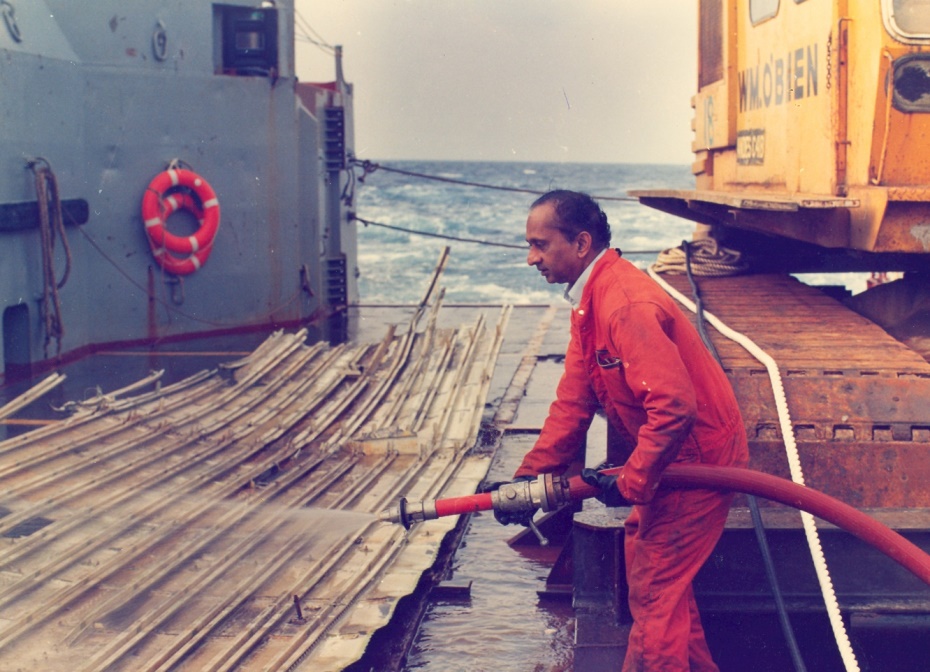
Examining the wreckage of an aircraft to understand what caused its crash is difficult because of the subsequent damage caused by the crash. But if you know what to examine and how to examine it, fragments of the wreckage – a small fraction of them – carry unique signatures. Back in Mumbai, Ramachandran planned and organised the metallurgical examination of the Kanishka wreckage, with his colleagues at NAL, RV Krishnan, also an IISc alumnus, and S Radhakrishnan.
If you know what to examine and how to examine it, fragments of the wreckage – a small fraction of them – carry unique signatures
Ramachandran had already, at the time of recovery, observed a number of dents and impact marks on the underside of the cabin floor towards the front of the plane, suggesting shrapnel penetration. Further, this bottom skin of the front cargo compartment was severely mangled, with holes and tears at numerous places. The holes, in some places, were surrounded by petals and curls of the metal. The fracture edges had another feature – sharp spikes resembling the teeth of a comb, a distinct signature of explosive deformation and fracture. Further, the slopes of the edges of some of the fractured fragments reversed frequently, a feature known as reverse slant, that is also a signature of explosive fracture. Some of the sheet metal fragments indicated fracture in a plane parallel to their surface, with the sheet losing a part of its thickness. This phenomenon, called spalling, can only be caused by shock waves.
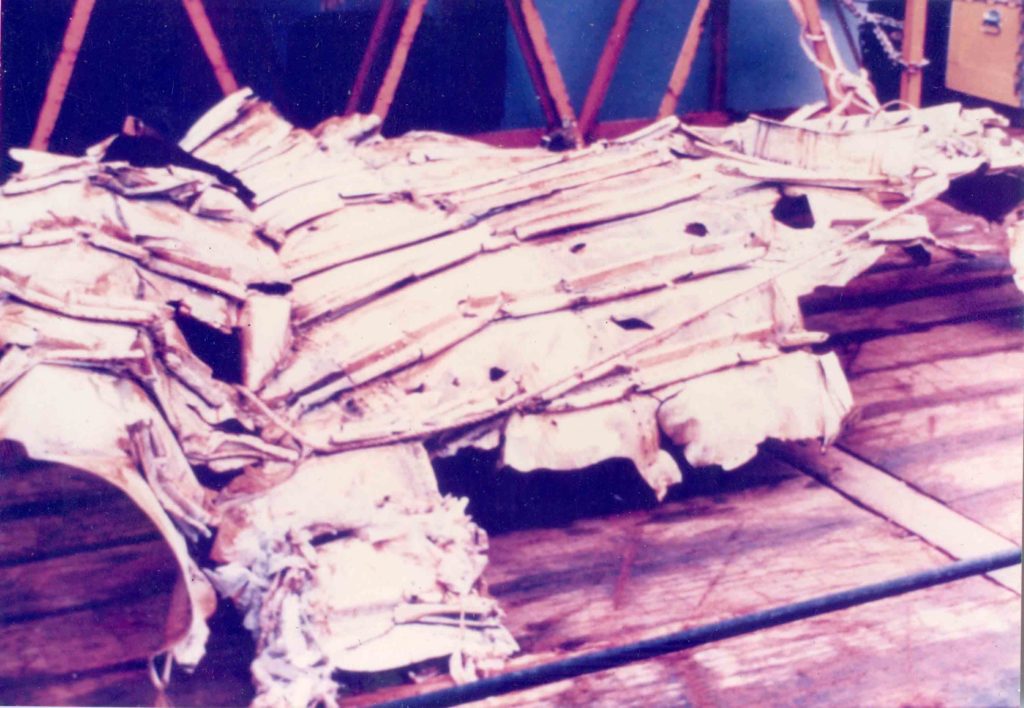
There was another crucial piece of evidence – the stantion. A square tube of aluminium from the forward cargo hold of the plane, it was one of the fragments of metal that came along with a large piece of wreckage retrieved from the ocean floor. When Ramachandran and his team examined the microstructure of the piece, they observed a feature known as deformation twins. Under usual rates of strain, planes of the aluminium crystal merely slip past each other. Under very high rates of strain, however, aluminium deforms by twinning – parallel bands appear in the microstructure, cutting across its grains. Deformation twins were also observed in the microstructure of the fragments that exhibited spikes. “These twins form in aluminium only under high-rate deformation conditions, as in explosions,” says Ramachandran. Confirmation of this arrived from explosion experiments carried out at the Explosives Research and Development Laboratory at Pune with the help of JS Gharia, who was also an assessor of the Court of Inquiry.
The conclusion was clear: Kanishka had been brought down by a bomb. In their report submitted in December 1985, Ramachandran’s team noted that an explosion in the forward cargo hold of Kanishka would account for all the features observed in the salvaged fragments.
Other investigators put together pieces of the puzzle that confirmed this, concluding that the bombing was a terror attack by Sikh separatist militants. (In February 2017, Canada released Inderjit Singh Reyat, the only person who was convicted for the bombing in the subsequent investigation.) On the same day as the Kanishka bombing, there had been an explosion at Tokyo’s Narita airport in a suitcase that was being transported from a Vancouver-Tokyo flight to a Tokyo-Bangkok Air India flight, killing two baggage handlers and injuring four. That bag was found to have been checked in at Vancouver by “L Singh”, who had not boarded the flight. On the same day, a passenger named “M Singh” had checked in his luggage on a Vancouver-Toronto flight that was a connection flight to Air India’s Kanishka which was to fly from Toronto to Montreal before taking off for Delhi. Although he did not have a confirmed ticket beyond Toronto, and did not board the flight, “M Singh” had persuaded the ground staff to check in, or interline, his luggage all the way to Delhi. This was a violation of procedure. A cascade of other failures – such as a malfunctioning airport X-ray machine – led to the bomb being undetected.
Ramachandran vividly remembers the tragic consequences of these failures, especially scenes at the Regional Hospital in Cork, Ireland, a coastal town that functioned as the control centre for the salvage operations. The gymnasium at the hospital had to be converted to a makeshift mortuary to receive the large number of dead bodies. Relatives of the victims visited the seaside to pay their last respects to their dear ones and immersed rose petals and wreaths in the sea. The residents of Cork lent their shoulders to the grieving relatives of the victims. “The victims included 30 children,” Ramachandran says. And among the wreckage found floating across the sea, he remembers, were children’s toys.


